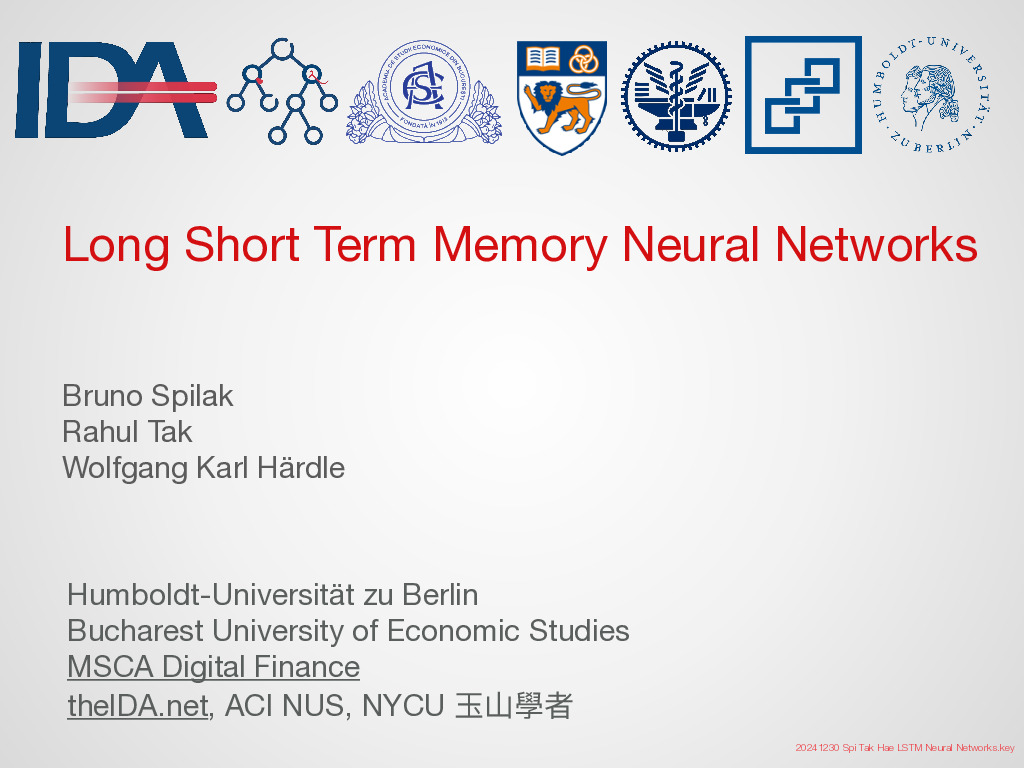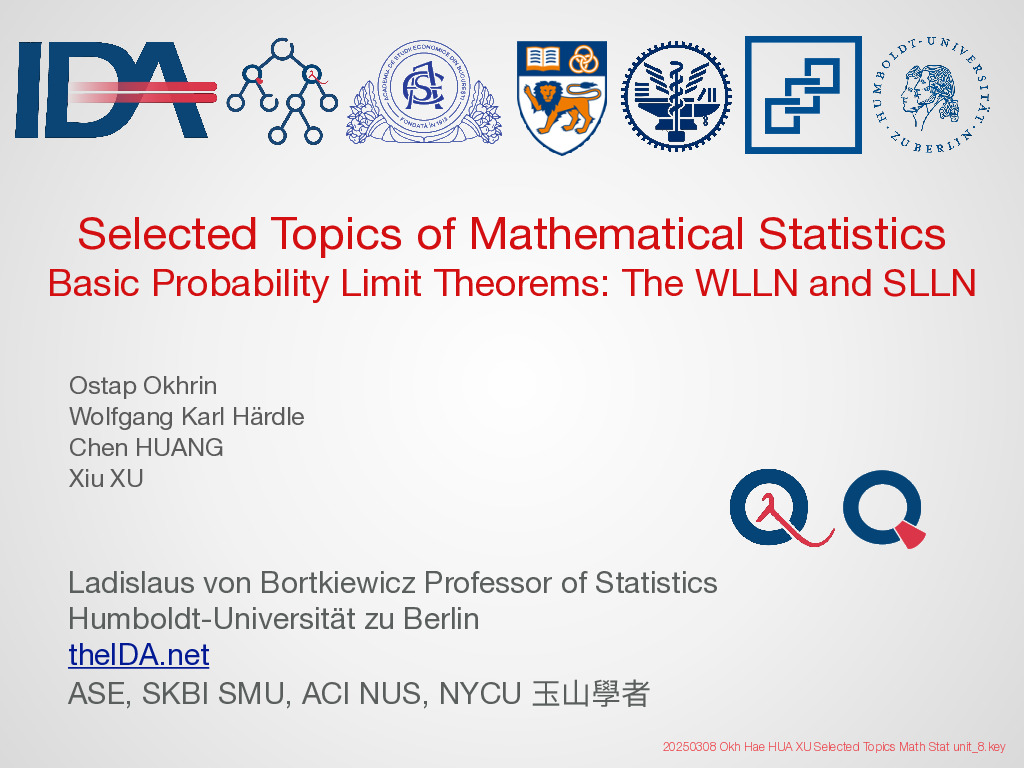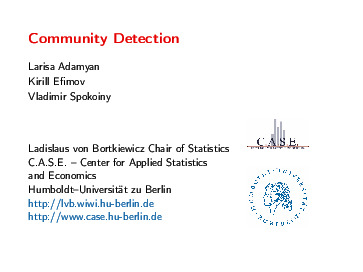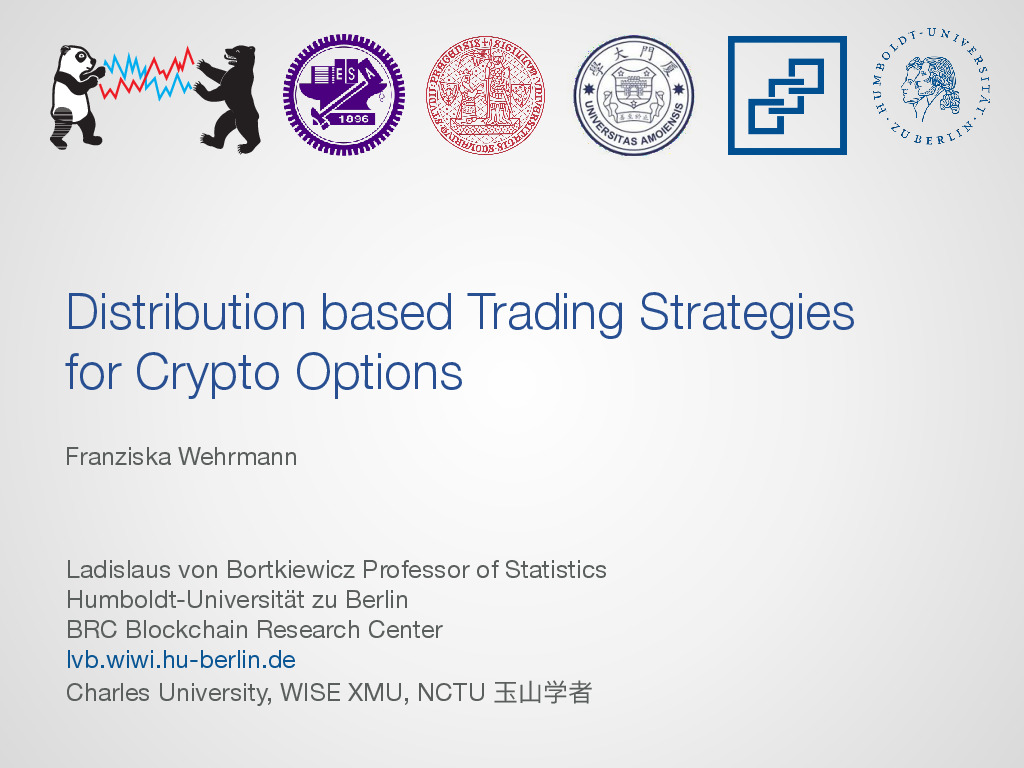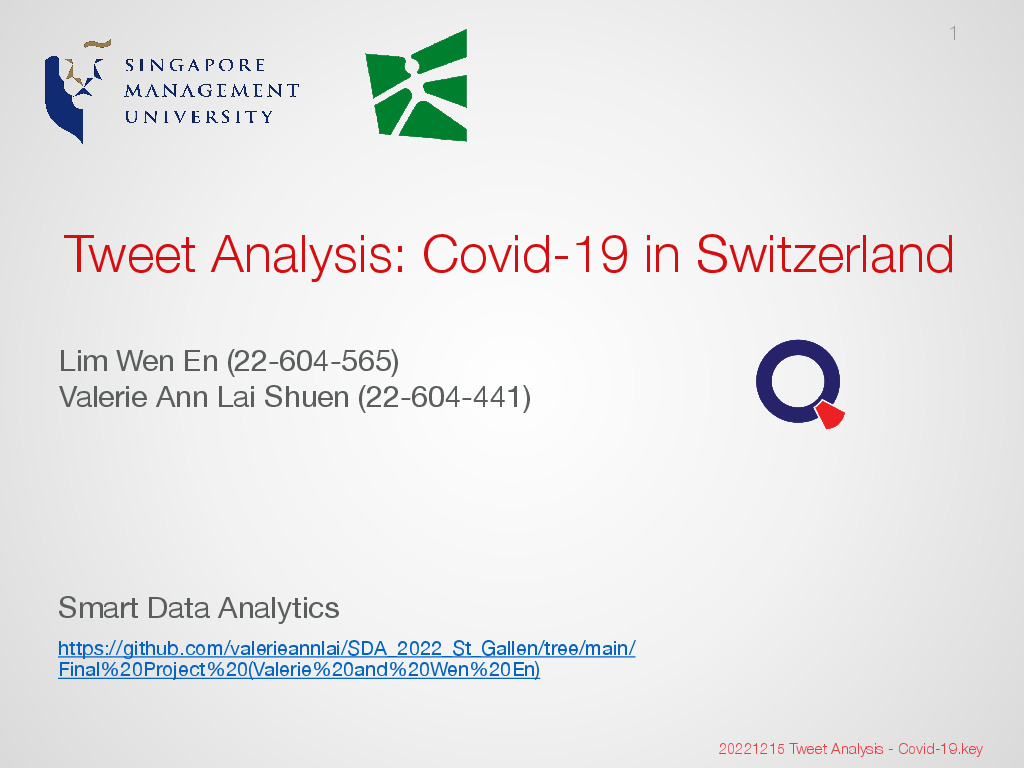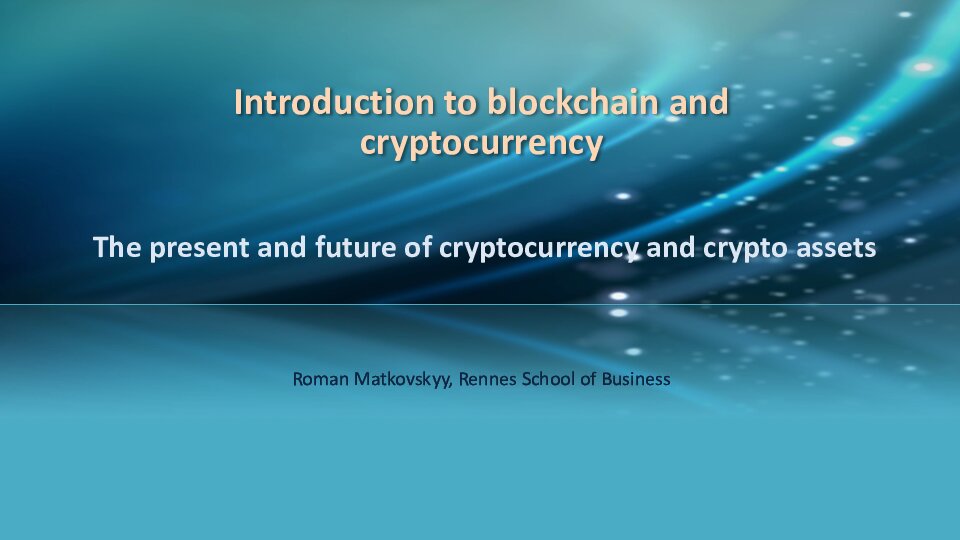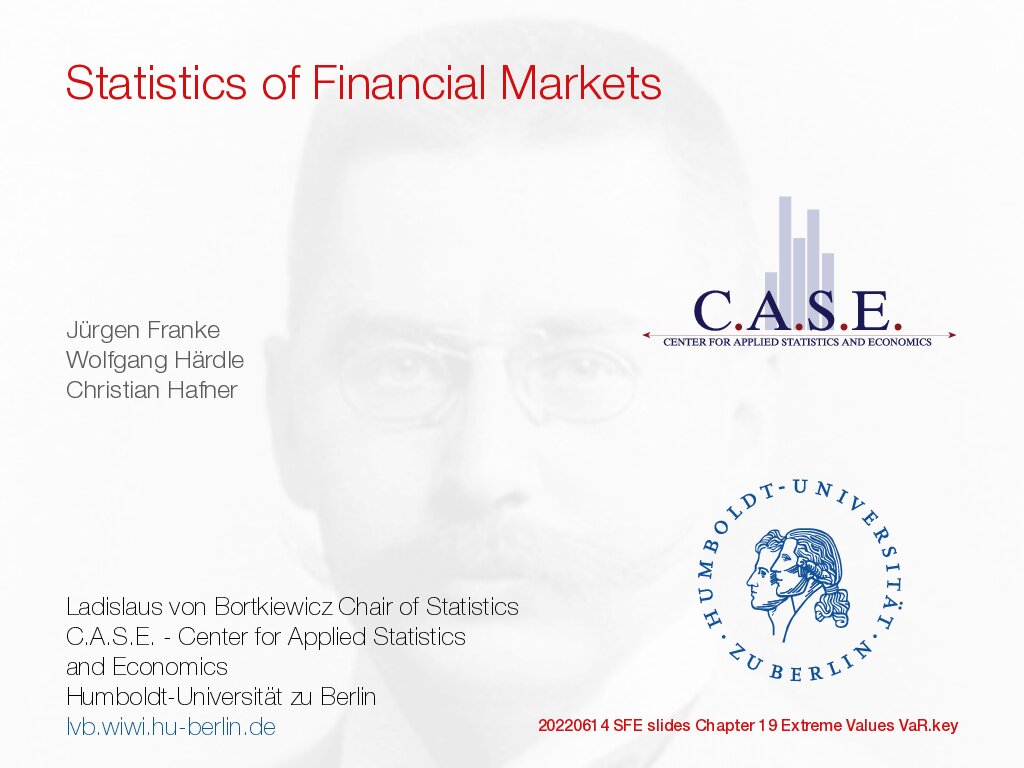Introduction to LSTM neural networks
-
- 5 Rating
- 4 Reviews
- 53 Students Enrolled
Introduction to LSTM neural networks
After a general introduction on neural networks, we explain different recurrent neural networks architectures such as GRU and LSTM and how to train them with Backpropagation Trough Time (BPTT).
-
- 5 Rating
- 4 Reviews
- 53 Students Enrolled
Requirements
- - Basic knowledge in linear algebra and calculus - Basic knowledge in probability theory,
General Overview
Description
In this lecture, we will provide a general overview of Deep Learning and neural network architectures, with a focus on Long Short-Term Memory (LSTM) neural networks, which can model sequential data such as time series.
We begin by demonstrating how we train a feed-forward neural network with stochastic gradient descent by deriving the gradient update with backpropagation.
We explain how, due to the vanishing gradient problem, this type of neural network can have learning difficulties with sequential data. Finally, we demonstrate how recurrent neural networks, specifically the LSTM architecture, address this issue.
Recommended for you
Meet the instructors !
Bruno Spilak is currently a research associate and PhD student at Humboldt University of Berlin with International Research Training Group IRTG1792 “High dimensional non stationary time series analysis”.
Along with a double masters degree in Statistics from Humboldt-Universität and ENSAI (a french Engineer Grande École), he has a rich background in research, scientific presentations and teaching.
Since 2018, he has co-taught graduate level courses related to smart data analysis, machine learning and mathematical statistics at his current institute and completed various research projects related to statistics, econometrics, machine learning and finance.
In parallel, Bruno has worked in multiple startups in Berlin as a Machine Learning scientist and co-built automated KYC products with deep computer vision tools.
Presently, he is working on the methodology to construct portfolios with non-parametric statistics tools such as neural networks.




